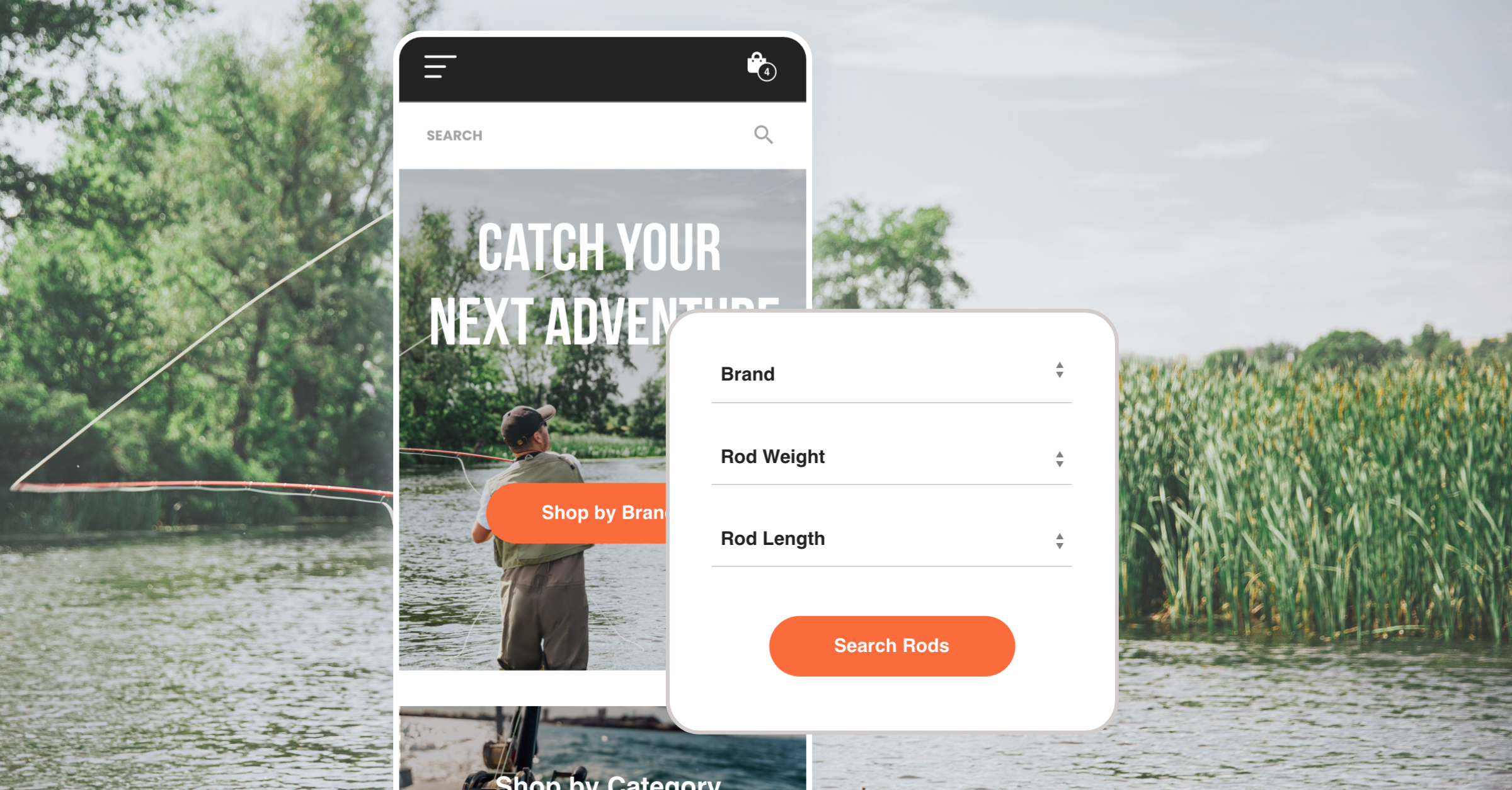By Vanessa Loughty | January 10, 2023

See why top ecommerce brands use Miva’s no-code platform to run
multiple stores, manage massive catalogs, and grow their revenue.
The sporting goods industry is undergoing some major changes. One of the biggest trends that we have seen in recent years is the rise of online retailing and ecommerce in the outdoor recreation and sporting equipment sectors, which has drastically shifted how people shop for gear and equipment. The convenience and ease of being able to purchase items from home has made it much more attractive for people to buy sporting goods online versus in store, with 80% of consumers now using online channels to shop for sporting goods.
The sporting goods industry has responded to this by increasing the availability of sporting goods online, as well as using technology to create a more seamless shopping experience. Companies are now designing websites that are optimized for mobile use, offering personalized recommendations, and giving customers perks like free shipping. This has allowed sporting goods retailers to reach a larger audience than they would have through traditional retail.
In this article, we’ll explore 5 sporting goods industry trends, their impact on online sellers, and what you can do to capitalize on these trends and appeal to online sporting goods consumers.
With big changes in the sporting goods industry come new opportunities for growth and innovation. Businesses of all sizes, whether they sell hunting gear online or use ecommerce to sell sports equipment direct to consumer, should watch these five trends currently shaping the online sporting goods industry:
Capitalizing on current trends in sporting goods ecommerce and delivering a great online shopping experience is as simple as understanding your customers and creating a website that serves their unique needs. For example, hunters and anglers should have the ability to quickly browse an online catalog to find accessories that work with the exact specifications of their rods, bows, and rifles. Athletes and fitness enthusiasts should be able to get detailed information on the safe use of the equipment they're purchasing, in addition to personalized recommendations for how to get the best results.
You can better understand what your sporting goods buyers are looking for by creating consumer personas. These personas help you to learn more about your target customers, their needs, and what they value most in a sporting goods company. Start by identifying your target demographic, researching their needs and interests, and then considering how they like to shop for sporting goods. You can use this information to inform your marketing activities, the structure of your website, and your merchandising strategies.
By staying abreast of current trends in outdoor recreation and ecommerce technology, sporting goods sellers can create a more seamless and enjoyable shopping experience for their customers. With the right strategies in place, sporting goods companies are well-positioned to capitalize on the growing demand for sporting goods and outdoor products online. 
No worries, download the PDF version now and enjoy your reading later...
Download PDF Vanessa Loughty